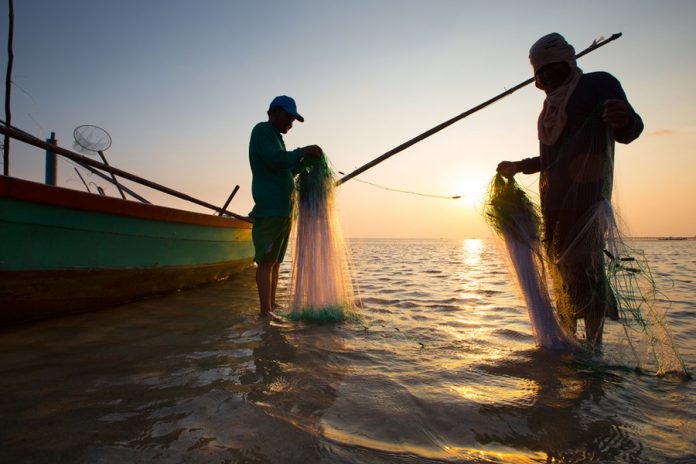
BACOLOD City – An increased production of fishery products is expected as the three-month fishing ban in the Visayan Sea is set to begin Nov. 15.
The 20-percent boost in production in one of the country’s richest fishing grounds will allow the yearly spawning of sardines, herrings and mackerels, according to Bureau of Fisheries and Aquatic Resources (BFAR) Region 6 director Remia Aparri.
“We hope to maintain or even increase production by at least 20 percent,” she added.
In Western Visayas, the annual fish production is almost 400,000 metric tons.
BFAR’s Fisheries Administrative Order (FAO) 167-3 prescribes the three-month fishing ban until February 15 next year.
But the ban may be extended until March depending on the result of the study being conducted particularly on the “changing” spawning pattern of fishes.
FAO 167-3 prohibits the catching, killing, selling or possession of sexually-mature sardines, herrings and mackerels or their larvae, fry or young known locally as lupoy, silinyasi, linatsay or manansi in the portion of the Visayan Sea and adjoining waters enclosed by lines drawn through following points and coastlines.
Violators will be penalized with a P6,000 fine, imprisonment of six months to six years depending on the gravity of offense, and forfeiture of the catch and cancellation of fishing permits or license.
Aparri said BFAR Region 6 noted a minimal number of violators last year, which can be attributed to higher level of awareness among fisherfolk, resulting from intensified seaborne patrol activities as well as information and education campaigns.
Aparri said they will further intensify the implementation of the fishing ban, with the province of Capiz now involved through the Visayan Sea Project.
“Capiz is now on board unlike before that the operation is just limited to northern portions of Iloilo, Negros and Cebu and part of Masbate,” she stressed.
Aparri added that they plan to hold the kick-off program for the declaration of the closed fishing season in Capiz. (With a report from PNA/PN)







